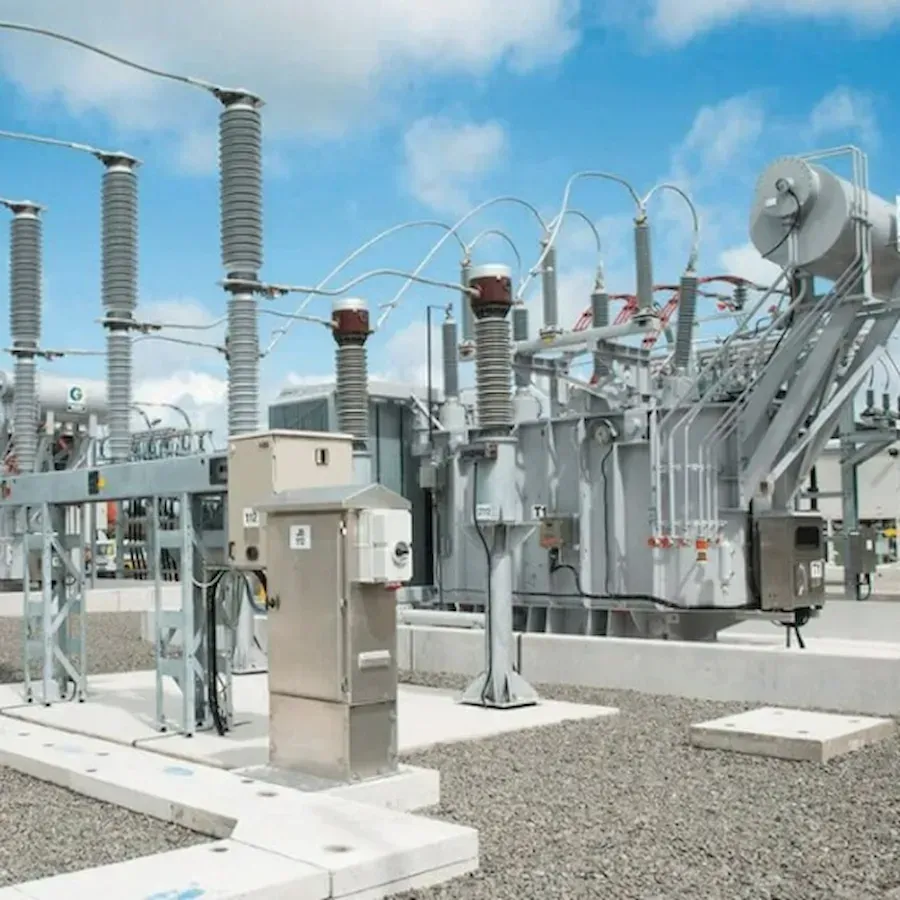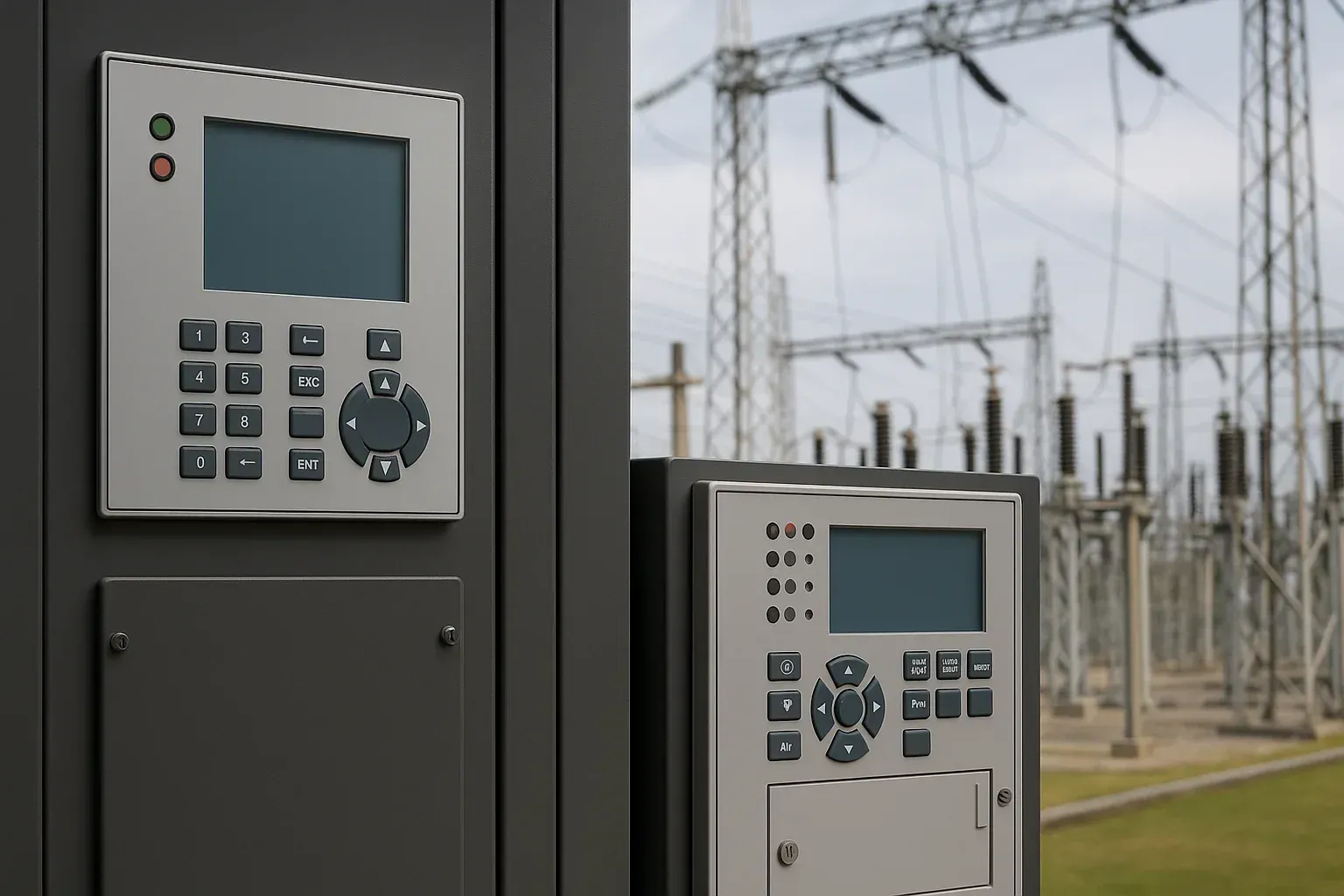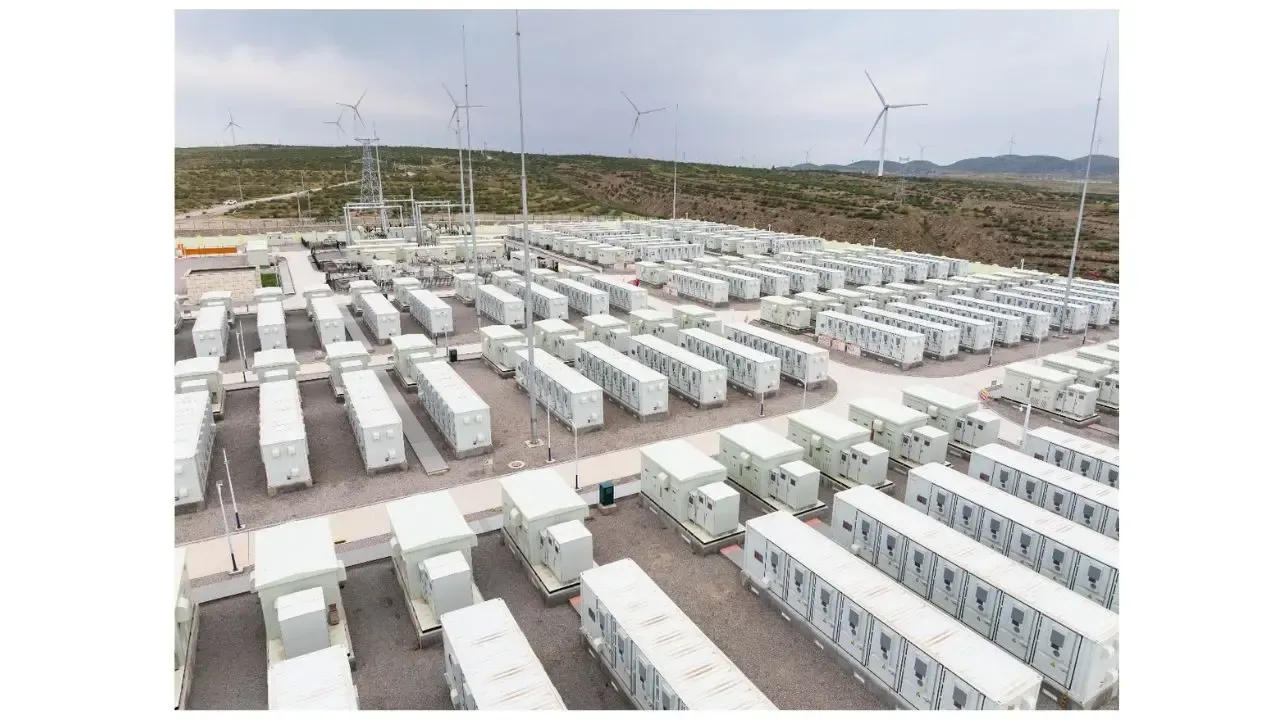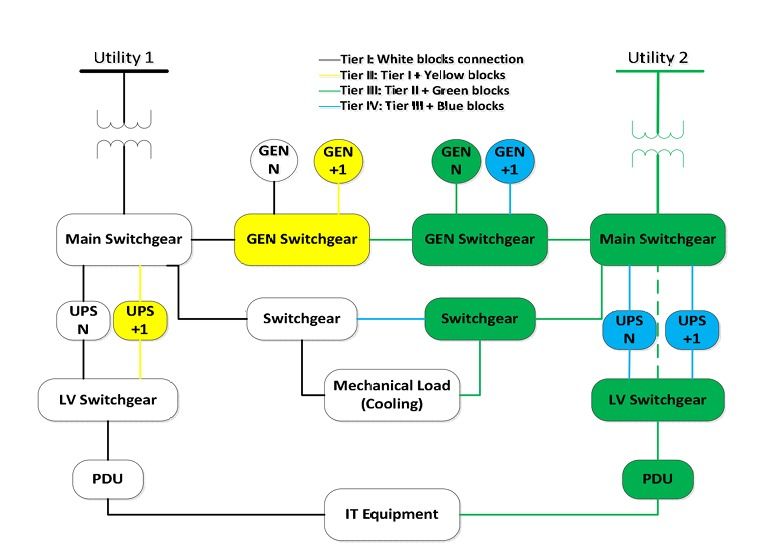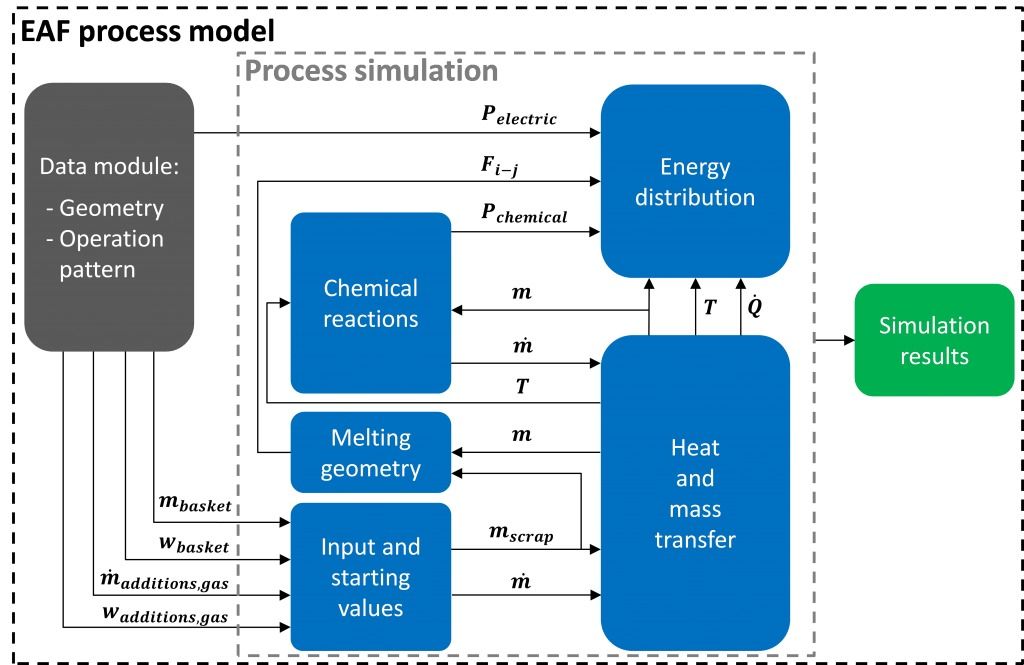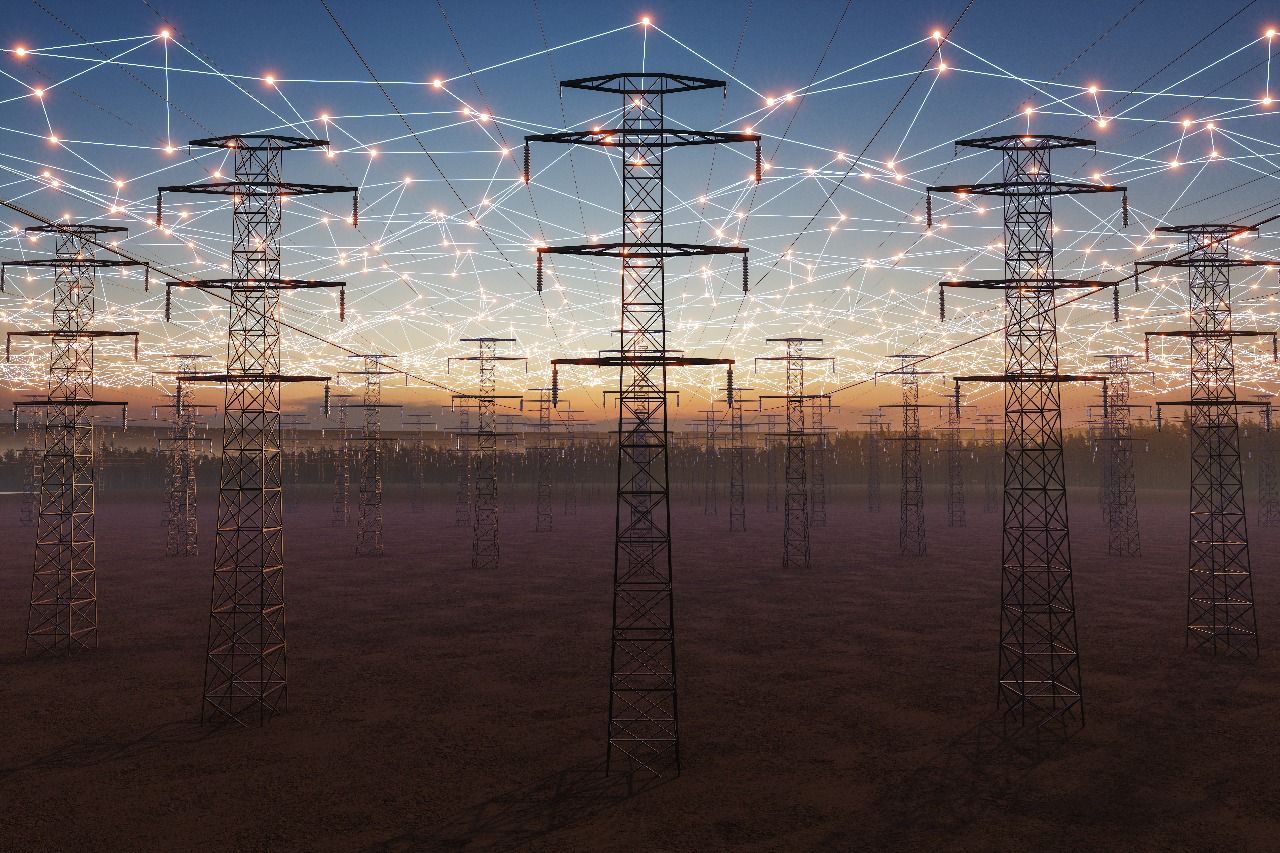Substation Design & Engineering Services — EHV, HV & MV Systems (USA)
Keentel Engineering provides nationwide electrical substation design and engineering services for utilities, renewable developers, and industrial facilities.
Keentel Engineering is a leading
substation and transmission engineering firm serving utilities, renewables, and industrial clients across the United States.
With over 30 years of experience in EHV, HV, and MV substation systems, our engineers deliver end-to-end solutions from conceptual design and protection coordination to SCADA integration and commissioning.
Every design is built for safety, reliability, and compliance with NERC, IEEE, and NFPA standards ensuring your substations are audit-ready and future-proof.
- Substation layout, relay & protection coordination
- Grounding grid, earthing & short-circuit analysis
- Digital substation (IEC 61850) & SCADA automation
- Civil & structural substation engineering
- Compliance with NERC PRC, MOD & TPL standards
- 3D BIM design & GIS-based modeling
Trusted by utilities, EPCs, and energy developers across the U.S.
30 + Years of Engineering Excellence • IEEE | NERC | NFPA Compliant • ETAP | AutoCAD | BIM Expertise

What Is Substation Design?
Substation design refers to the detailed engineering of facilities responsible for voltage transformation, enabling efficient and safe transmission and distribution of electricity. This process encompasses everything from physical layout and structural design to equipment sizing, grounding, relay protection, and digital automation. Effective substation design is essential for grid reliability, utility compliance, and NERC audit readiness. Whether for solar farms, wind energy projects, battery storage systems, or traditional utilities, Keentel ensures every design is tailored to technical and regulatory needs.
NERC Level 3 Alert
We ensure your substations meet compliance standards like NERC PRC-005-6 and audit readiness requirements through integrated design and protection schemes.
Why Choose Keentel Engineering?
Client-Focused Work Approach
At Keentel Engineering, we take pride in being the go-to engineering firm for power and utility system planning, design, control, and analysis. Some of the many attributes of our company that set us apart are:
30 Years of Experience
With three decades of hands-on project delivery, we bring unmatched expertise in substation layout, electrical and civil design, relay protection, and grid-tie solutions. We’ve successfully completed projects in complex terrains, urban retrofit scenarios, and renewable integrations.
Quality with Innovation
Our engineering process uses AutoCAD 3D, BIM modeling, and system-level design thinking to ensure accurate planning, reduced errors, and strong communication across all stakeholders.
Our workflow includes 3D substation design, enabling clash-free coordination between structural, electrical, and civil disciplines.
Attention-to-Detail
From grounding grid studies to relay settings, we engineer every detail to improve reliability, performance, and safety. Our rigorous QA/QC process ensures compliance with IEEE, NFPA, and ISO/TSO interconnection standards.
Among top electrical substation design companies, Keentel stands out for 30+ years of proven high-voltage project delivery.
Let's Discuss How to Optimize Your Next Project
Submit
We will get back to you as soon as possible.
Please try again later.
Download our Substation Design Services flyer
Please click the Download button to get our Substation Design Services flyer
Electrical Substation Engineering Services
At Keentel Engineering, our substation consultants and engineers provide full-spectrum electrical substation design and engineering services for both new and existing infrastructure. Our firm supports clients across a wide range of voltage classes, including LV, MV, HV, and EHV, with advanced modeling, compliance support, and commissioning assistance.
We specialize in engineering substation solutions for brownfield upgrades, greenfield projects, utility interconnections, and renewable deployments such as BESS and PV installations. Each project is developed in accordance with IEEE, NFPA, NEC, and ISO/TSO standards to ensure safety, operational efficiency, and utility compatibility.
Our substation designs cover high-voltage transmission and distribution systems, circuit protection and relay coordination, SCADA and RTU configuration, transformer insulation consulting, ETAP-based modeling and simulations, grounding and foundation layouts, and full protection and control engineering for generation switchyards.
As part of our broader offering, Keentel Engineering transmission services complement substation design by addressing high-voltage line connection, grid compliance, and system interconnectivity.
Learn more in our guide to substation design engineering services.

Substation Design and Interconnection Engineering
Keentel Engineering specializes in advanced substation engineering and design for utility-scale power systems. With decades of hands-on experience, we deliver fully integrated electrical substation design services and custom substations tailored to your grid and renewable energy goals.
We support all voltage classes — LV, MV, HV, and up to 765kV EHV systems —including retrofits, greenfield construction, and GIS substation design for compact, high-reliability installations.
We bring deep experience in HV substation design and engineering, including layouts for 230 kV to 500 kV systems and full protection & control integration.
From Concept to Commissioning
Our substation engineering services support your project lifecycle from initial scope to energization:
- Project scoping, layout development, and GIS mapping
- Detailed electrical schematics and control panel configuration
- Keentel Engineering compliance and modeling support for audit-readiness
- Relay settings, wiring schedules, and protection coordination
- Construction inspections, QA/QC, and final commissioning
- Project scoping, layout development, and GIS mapping
- Detailed electrical schematics and control panel configuration
- Keentel Engineering compliance and modeling support for audit-readiness
- Relay settings, wiring schedules, and protection coordination
- Construction inspections, QA/QC, and final commissioning
- Project scoping, layout development, and GIS mapping
- Detailed electrical schematics and control panel configuration
- Keentel Engineering compliance and modeling support for audit-readiness
- Relay settings, wiring schedules, and protection coordination
- Construction inspections, QA/QC, and final commissioning
Our team offers substation design and interconnection engineering that seamlessly integrates with generation assets, renewable tie-ins, and utility networks.
Our expertise in electric transmission & substation engineering ensures smooth integration of generating assets into the broader grid.
Curious how substation projects come together? Explore the full substation design process from planning to commissioning.
Advanced ETAP Modeling and Simulation
Keentel engineers are experts in ETAP-based substation modeling and simulations. We build digital models to run load flow, short-circuit, and selectivity studies, ensuring optimized relay settings and safe operating margins.
Through stress evaluation for transformers, fault current analysis, and relay response simulations, we validate your system’s compliance with NERC standards and grid operator requirements. Each model supports proactive planning, cost reduction, and operational excellence.
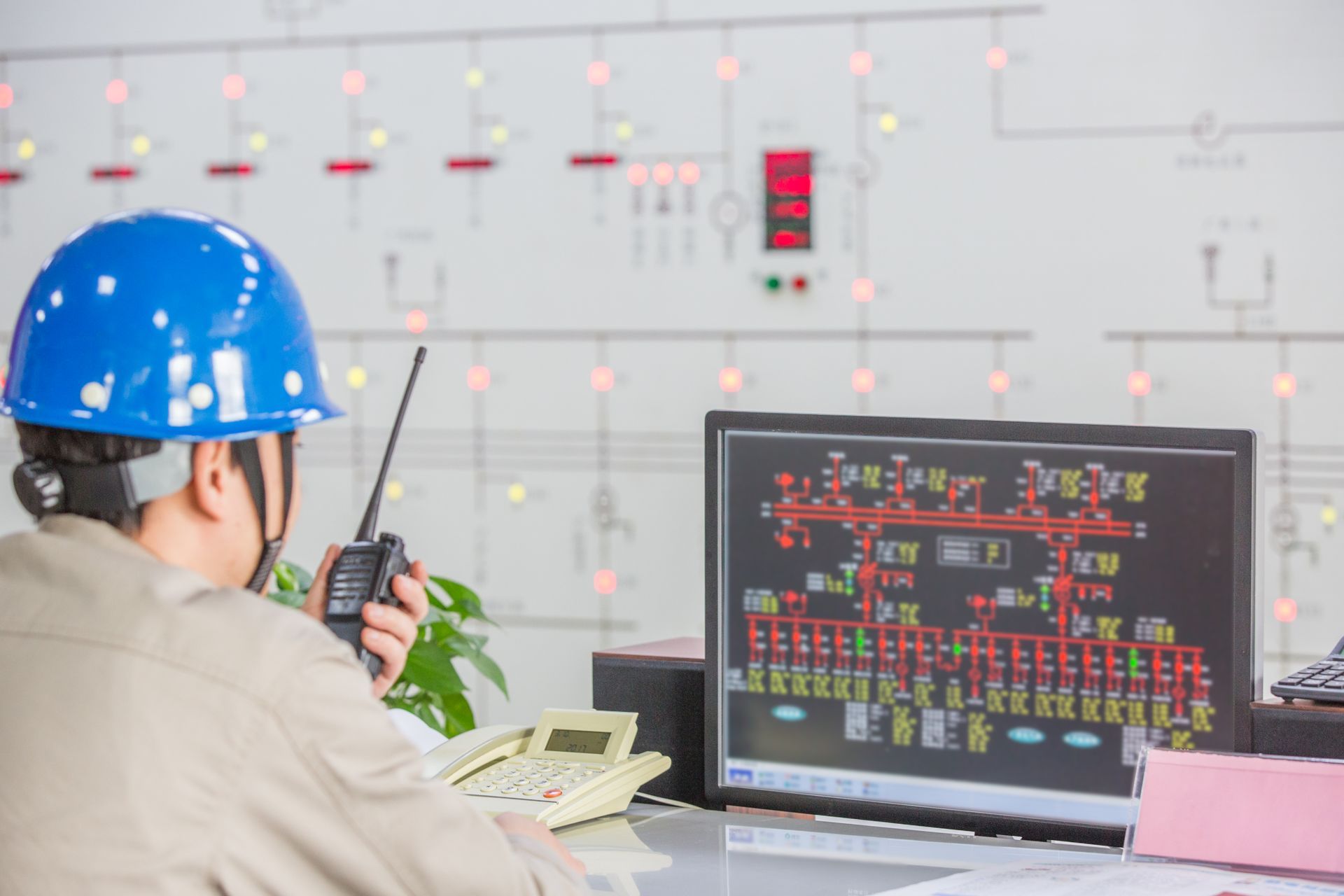
Custom Substation Engineering for Unique Challenges
Our engineers design substations tailored to your technical, environmental, and interconnection requirements. From digital automation with IEC 61850 protocols to coordination with Owner’s Engineers and EPC teams, we address custom substation challenges with accuracy and efficiency.
We also support advanced SCADA design, full protection studies, and panel wiring compliant with NEC standards. Whether building for renewable interconnection, utility-scale transmission, or hybrid grids, we ensure each substation is engineered for long-term reliability and smart grid compatibility.
From remote microgrid tie-ins to large utility hubs, we design
custom substations tailored to your specific voltage class, terrain, and grid requirements.
Our custom approach results in practical
substation design solutions that meet your operational, environmental, and interconnection goals.
Civil and Structural Engineering Integration
Substation performance depends heavily on its structural and civil components. Our team handles foundation engineering, geotechnical assessments, steel detailing for bus structures and gantries, and site access design. We ensure safe installation conditions, proper grading, effective drainage, and grounding systems that meet IEEE and NEC standards.
Each component—from steel structures to control buildings—is designed with durability, weather resistance, and regulatory compliance in mind, making our substations construction-ready and built to last.
While many
electrical substation contractors focus solely on installation, we combine full substation design, modeling, and construction coordination under one roof.
Our civil team designs
substation control buildings, integrating UPS systems, relay panels, HVAC, and cable routing in a compact footprint.
We deliver projects like
customized 230 kV substation steel structure including gantries, bus-duct, and foundation design optimized for seismic and wind loading.
Our work supports
high voltage substation construction, with detailed foundation engineering, steel-bus structures, and weather-resilient design.
Smart Grid and Digital Substation Capabilities
Keentel is committed to smart substation design. We implement IEC 61850 digital schemes, real-time monitoring setups, smart relay programming, and remote diagnostics to ensure substations are automation-ready.
We deliver
digital substation services such as IEC 61850 protocol implementation, remote diagnostics, and real-time monitoring systems for next-gen infrastructure.
Each component—from steel structures to control buildings—is designed with durability, weather resistance, and regulatory compliance in mind, making our substations construction-ready and built to last.
We offer
smart substation design services featuring digital relays, real-time monitoring dashboards, and remote diagnostics ready for future expansions.
Designed for Compliance, Built for Performance
Our engineering approach ensures every substation meets the requirements of utility operators, transmission authorities, and federal standards. From PRC and MOD standards to renewable tie-in validation, we provide support across compliance, modeling, and relay tuning.
Whether it’s civil layout design, brownfield interconnection studies, or advanced digital control for a smart grid deployment, Keentel delivers a full suite of services focused on reliability, safety, and compliance with evolving industry standards.
Download our Substation Design Services flyer
Please click the Download button to get our Substation Design Services flyer
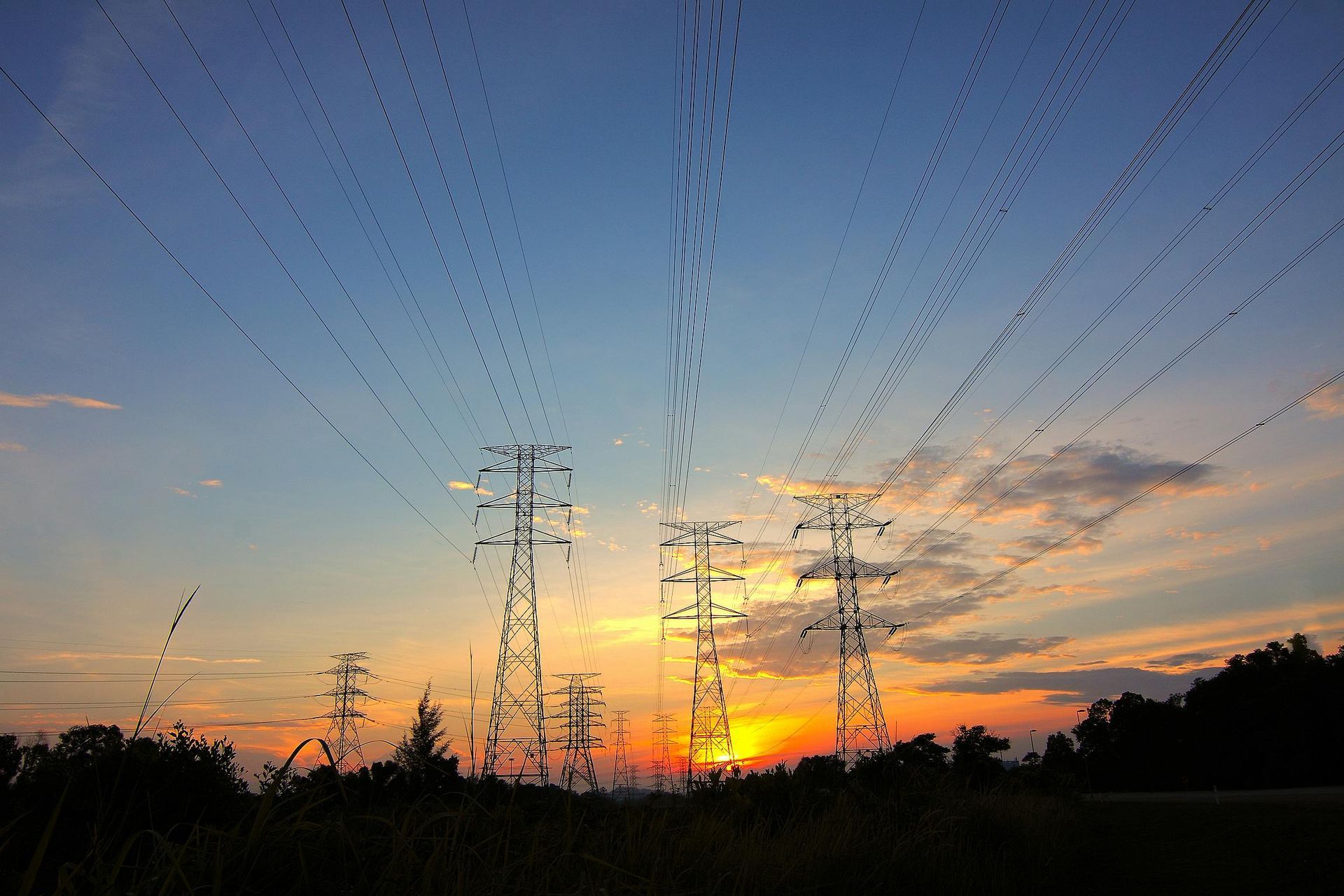
We Go Above and Beyond
We stay current on the latest utility and smart grid standards. Our engineers design substations that are built for future expansion, automation, and integration with digital relays, smart SCADA, and real-time monitoring systems.
We don’t just meet specs — we shape systems that align with your long-term grid strategy.
For more information or service assistance, call us on 813-389-7871.
Frequently Asked Questions (FAQs) on Sub
What is a substation services, and why is it important in power systems?
A substation is a critical facility in the electrical power system where voltage levels are transformed, power is switched, or distributed to ensure efficient and safe delivery of electricity from generation sources to end-users.
What does a substation designer do?
A substation designer works with engineers to create the drawings and documents needed to build or upgrade a substation. They prepare detailed design packages, including layout plans, equipment placement, wiring diagrams, material lists, and cable schedules for transmission or distribution substations.
What are the different types of substations?
- Transmission Substations: Step up or step down voltage levels for long-distance transmission.
- Distribution Substations: Deliver power to end-users at lower voltage levels.
- Switching Substations: Perform switching operations without voltage transformation.
- Collector Substations: Aggregate power from renewable sources like wind or solar farms.
What are the key components of a substation?
• Transformers
• Circuit Breakers
• Disconnect Switches
• Busbars
• Protection Relays
• Lightning Arresters
• Control and SCADA systems
What are the primary considerations when designing a substation?
Key considerations include site location, voltage levels, fault levels, load capacity, safety, environmental impact, and compliance with standards like IEEE and IEC.
What is the difference between AIS (Air Insulated Substation) and GIS (Gas Insulated Substation)?
AIS uses air as an insulating medium, requiring more space but is cost-effective. GIS uses gas (e.g., SF6) for insulation, allowing compact designs but at a higher cost.
How do you determine the layout of a substation?
The layout depends on factors like available space, voltage levels, type of substation, reliability requirements, and operational flexibility. Single-line diagrams are used to plan layouts.
What standards are followed in substation design?
- IEEE Standards (e.g., IEEE 80 for grounding)
- IEC Standards (e.g., IEC 61850 for communication protocols)
- Local utility or national grid requirements.
How is the substation voltage level determined?
Voltage levels are based on system requirements, load demands, and distance of power transmission. Common levels include 132kV, 230kV, and 500kV.
What are the considerations for grounding in a substation?
A robust grounding system ensures personnel safety, equipment protection, and reliable operation. Design includes calculating ground grid resistance and step-and-touch voltage limits.
How do you calculate the short-circuit current for substation design?
Short-circuit studies are conducted using software like ETAP or PSSE. Inputs include system impedance, transformer ratings, and network configuration.
What is substation protection and control (P&C)?
P&C involves monitoring and safeguarding substation equipment from faults using relays, circuit breakers, and SCADA systems.
What are common protection schemes in substations?
- Differential protection for transformers.
- Overcurrent and distance protection for transmission lines.
- Busbar protection schemes.
How do you choose protection relays for a substation?
Relay selection is based on fault type, system voltage, current levels, and required protection schemes. Common brands include SEL, GE, and ABB.
What is the role of SCADA in substation design?
SCADA (Supervisory Control and Data Acquisition) enables remote monitoring and control of substation equipment, improving reliability and response times.
What is the typical timeline for constructing a substation?
Timelines vary based on size and complexity, ranging from 12 to 36 months, including design, procurement, construction, and commissioning phases.
What are the key steps in commissioning a substation?
- Visual inspection and equipment checks.
- Functional testing of relays and breakers.
- Energization and performance verification.
What safety precautions are taken during substation construction?
Safety measures include PPE, proper grounding, arc flash studies, and adherence to OSHA or local safety regulations.
How is a substation monitored and maintained?
Substations are monitored using SCADA and regularly maintained through inspections, testing, and condition-based maintenance programs.
What is the importance of periodic testing in substations?
Periodic testing ensures the reliability and longevity of equipment, identifies potential failures, and ensures compliance with standards.
What is the role of thermal imaging in substation maintenance?
Thermal imaging detects hotspots in equipment like transformers and breakers, preventing failures and unplanned outages.
What is a digital substation?
A digital substation uses IEC 61850-based communication, replacing conventional copper wiring with fiber optics for enhanced reliability and scalability.
How are renewable energy sources integrated into substation designs?
Renewable sources are connected via collector systems to step-up transformers and integrated into the grid while managing power variability.
Where can I find companies specializing in electric substation protection and control engineering?estion
Keentel Engineering serves this exact need—our protection & control engineers handle relay coordination, SCADA/RTU configuration, and control building integration for utility-grade substations.
Blog and Updates


